Wrocław Wonders: A Journey Through Time
Embark on a captivating exploration of Wrocław's rich history and vibrant culture. Join this free walking tour to uncover hidden gems and iconic landmarks.
Time
3 Hours
Stops
9 Places
Distance
5.1 km
Wrocław Market Square (Rynek)
Begin your tour at Wrocław’s Market Square, one of the largest and most beautiful medieval squares in Europe, surrounded by colorful townhouses and the impressive Gothic Old Town Hall.
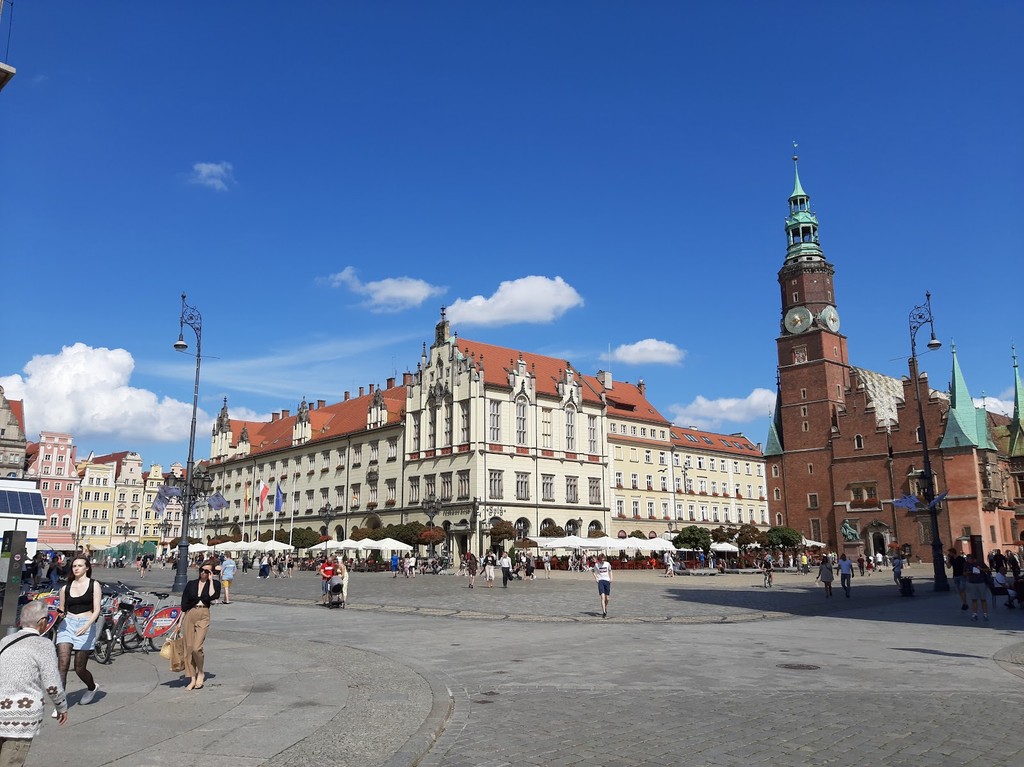
Wrocław Market Square (Rynek) (Source: Google Maps)
Wrocław Market Square, or Rynek, is one of Europe's largest medieval squares, steeped in history and surrounded by colorful Gothic townhouses. The square has been a central hub for commerce and community since the 13th century, showcasing the architectural evolution of the city. The magnificent Old Town Hall, with its intricate façade and imposing tower, is a prime example of Gothic architecture, dating back to the 14th century. The square is not only a feast for the eyes but also a vibrant space filled with cafes, shops, and cultural events, making it a must-visit for anyone exploring Wrocław.
St. Elizabeth's Church (Kościół św. Elżbiety)
Just a short walk from the Market Square, this Gothic church is known for its towering spire and offers a panoramic view of the city from its observation deck.
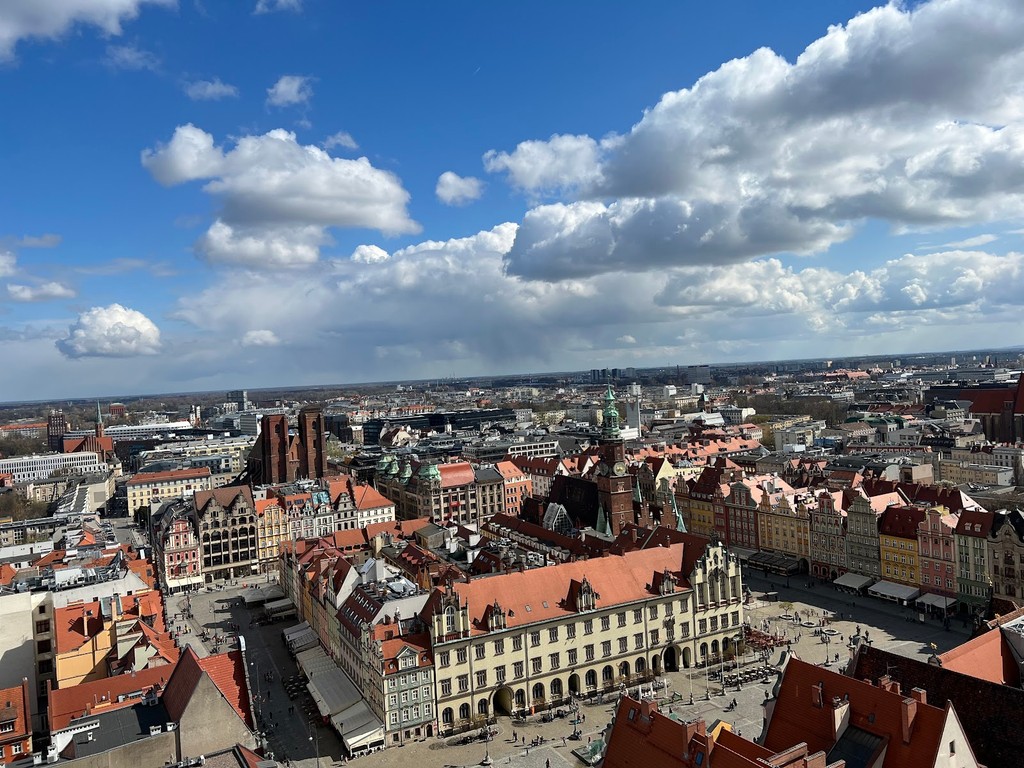
St. Elizabeth's Church (Kościół św. Elżbiety) (Source: Google Maps)
St. Elizabeth's Church, renowned for its striking Gothic architecture, features a breathtaking spire that soars over Wrocław's skyline. Completed in the 15th century, this church has served as a significant religious site for centuries. Visitors can climb the tower for stunning panoramic views of the city, offering a unique perspective on Wrocław's historic landscape. Inside, the church is adorned with beautiful stained glass windows and intricate altars, reflecting the artistic heritage of the region. The church has witnessed numerous historical events, making it a symbol of resilience and faith in the heart of Wrocław.
Jatki Street (Ulica Jatki)
Head to this charming street, historically known for its medieval butcher stalls, now home to artisan shops and the famous bronze animal sculptures.
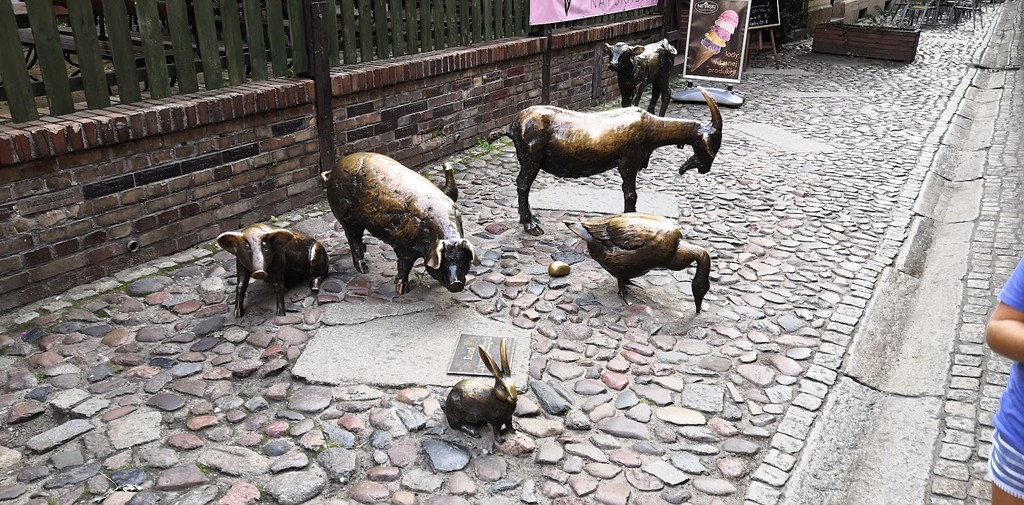
Jatki Street (Ulica Jatki) (Source: Google Maps)
Jatki Street, once the site of medieval butcher stalls, is now a charming thoroughfare filled with artisan shops and vibrant sculptures. This historic street retains its medieval character while showcasing the artistic spirit of Wrocław. Visitors can admire the famous bronze animal sculptures that pay homage to the city's rich culinary history. The street is also home to various galleries and craft shops, making it a delightful destination for those seeking unique souvenirs. Jatki Street embodies the blend of history and modern creativity, offering a glimpse into Wrocław's evolving cultural landscape.
Wrocław University (Uniwersytet Wrocławski)
Visit the historic University of Wrocław, renowned for its baroque architecture and the Aula Leopoldina, a stunning ceremonial hall.
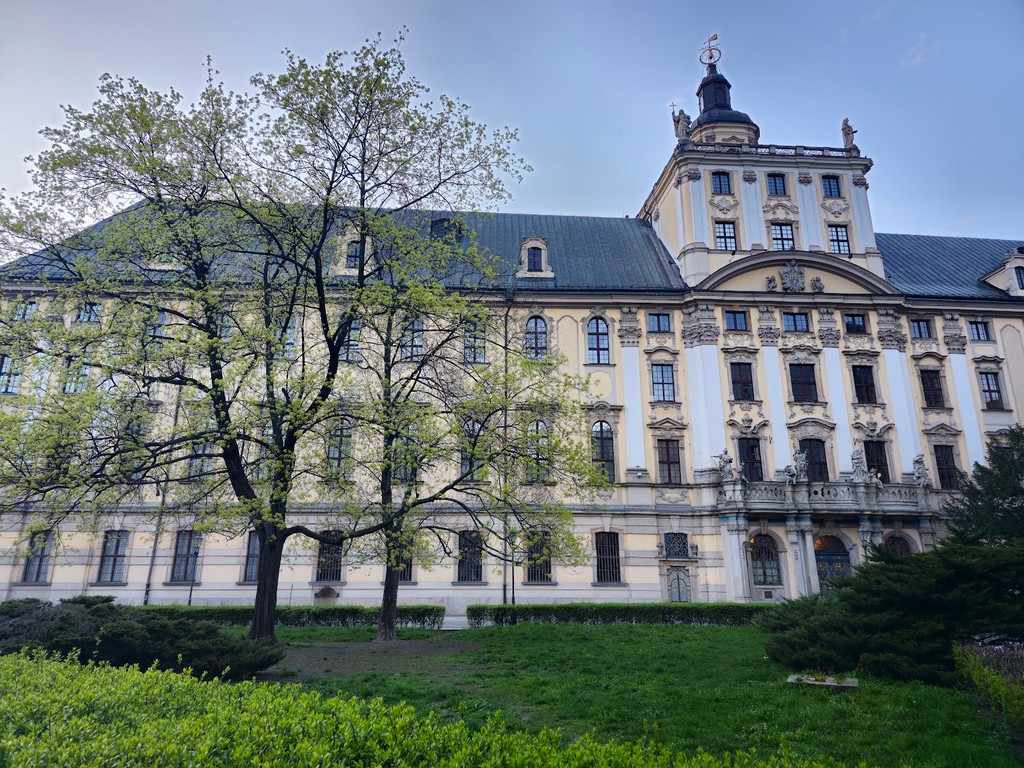
Wrocław University (Uniwersytet Wrocławski) (Source: Google Maps)
Wrocław University is an architectural gem known for its stunning Baroque style and rich academic tradition. Founded in 1702, it has played a pivotal role in the intellectual life of the region. The Aula Leopoldina, a magnificent ceremonial hall within the university, is adorned with elaborate frescoes and intricate decorations that reflect the grandeur of the Baroque period. The university's historic buildings house significant collections and libraries, making it a hub of knowledge and research. Its beautiful campus invites visitors to explore the intersection of history, education, and culture in Wrocław.
Ossolineum (Ossolineum Library)
This prestigious library and research institute houses a vast collection of Polish literature and is an architectural gem worth visiting.
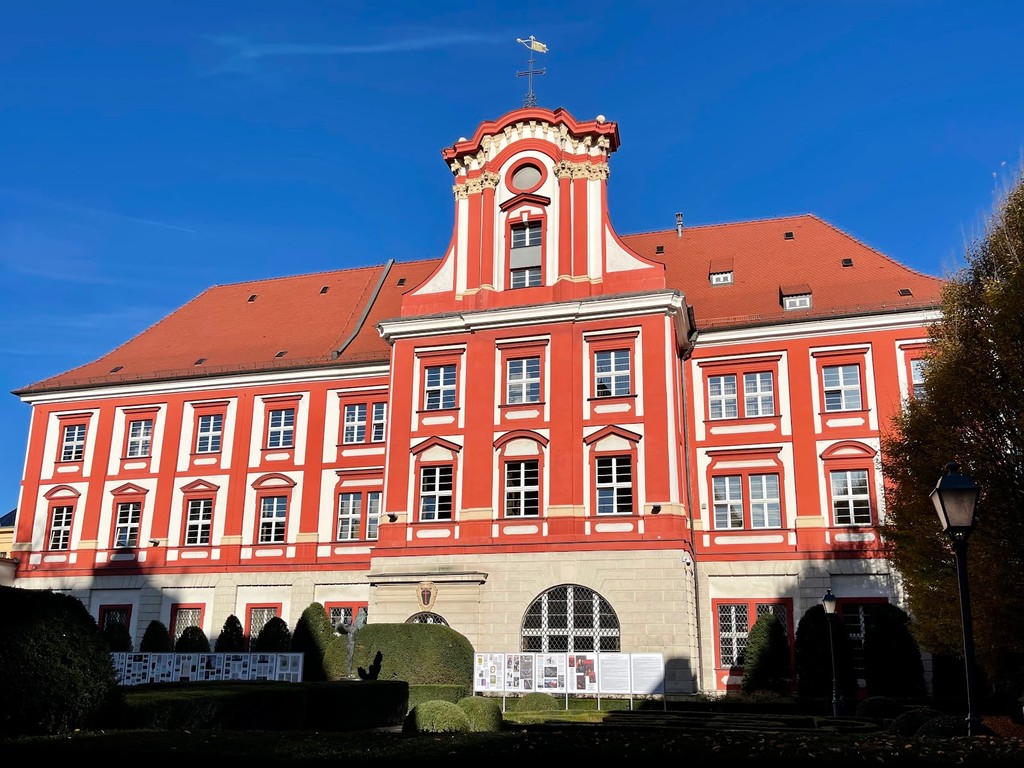
Ossolineum (Ossolineum Library) (Source: Google Maps)
Ossolineum, a prestigious library and research institute, is a treasure trove of Polish literature and history. Established in the 19th century, it houses a vast collection of manuscripts, rare books, and cultural artifacts. The library's stunning architecture, with its classic elements and serene interiors, provides a perfect backdrop for scholarly pursuits. Ossolineum plays a vital role in preserving Poland's literary heritage and is a key resource for researchers and historians. Visitors can explore its exhibitions and gain insight into the rich tapestry of Polish culture and intellectual thought.
Botanical Garden of the University of Wrocław
A short walk from Cathedral Island, this lush garden offers a peaceful retreat with a diverse collection of plants and scenic walking paths.
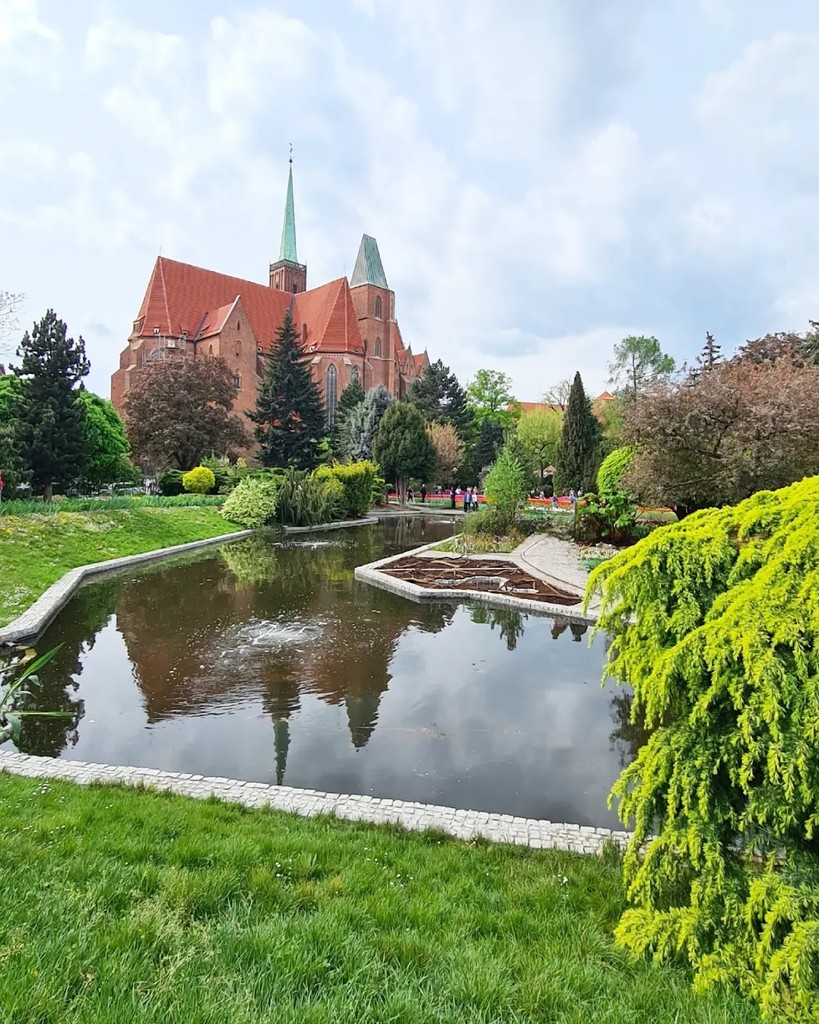
Botanical Garden of the University of Wrocław (Source: Google Maps)
The Botanical Garden of the University of Wrocław is a serene oasis that showcases a diverse collection of plant species from around the world. Established in the 18th century, the garden features beautifully landscaped pathways, tranquil ponds, and thematic sections that highlight different ecosystems. It serves as a research facility and a recreational space for both locals and visitors. The garden's rich biodiversity and peaceful atmosphere make it an ideal spot for relaxation and contemplation. With seasonal blooms and educational programs, it offers a unique opportunity to connect with nature in the heart of the city.
Cathedral Island (Ostrów Tumski)
Cross over to the oldest part of Wrocław, where you can explore the magnificent Cathedral of St. John the Baptist and enjoy the serene atmosphere of this historic island.
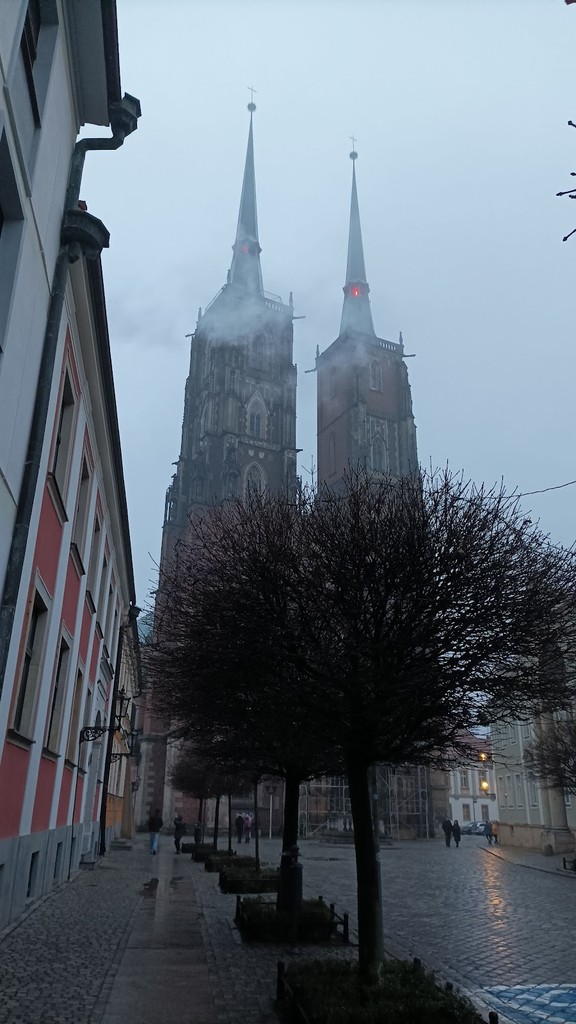
Cathedral Island (Ostrów Tumski) (Source: Google Maps)
Cathedral Island, or Ostrów Tumski, is the oldest part of Wrocław, steeped in history and spirituality. It is home to the magnificent Cathedral of St. John the Baptist, a stunning example of Gothic architecture with impressive stained glass and intricate sculptures. The island is a tranquil retreat, featuring cobblestone streets and charming landscapes that reflect its historical significance. Visitors can explore the island's churches, including the serene Church of the Holy Cross, and enjoy the peaceful ambiance. Cathedral Island is a testament to Wrocław's rich religious heritage and is an essential stop for anyone interested in the city's past.
National Museum (Muzeum Narodowe)
Continue to the National Museum, which showcases Polish art and history through its impressive collection of paintings, sculptures, and decorative arts.
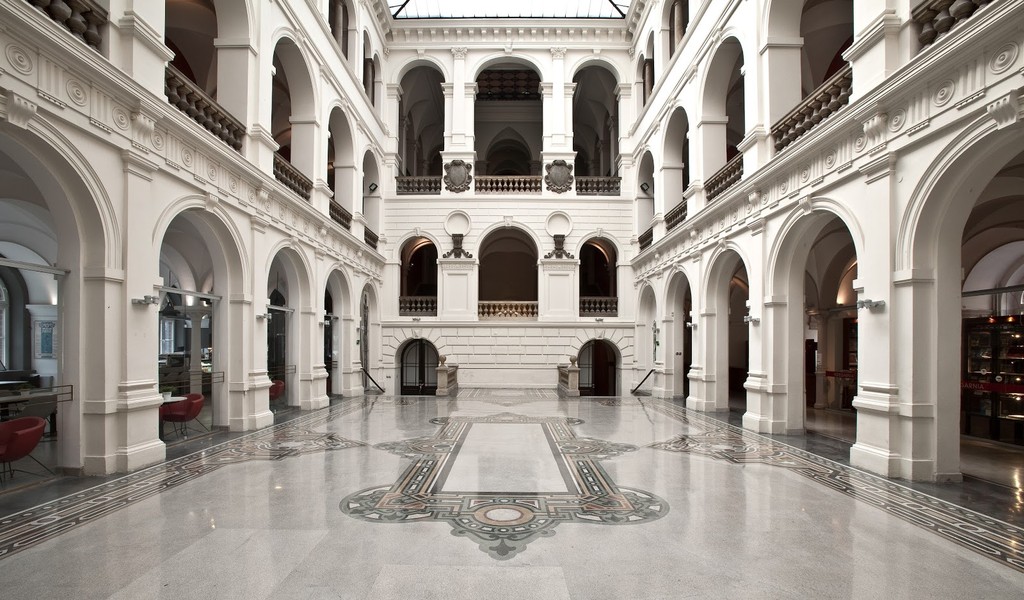
National Museum (Muzeum Narodowe) (Source: Google Maps)
The National Museum of Wrocław is a cultural hub that showcases an extensive collection of Polish art and historical artifacts. Established in the 19th century, it features works from various periods, including medieval, Renaissance, and modern art. The museum's galleries are filled with paintings, sculptures, and decorative arts that reflect the diverse artistic heritage of Poland. Special exhibitions and educational programs engage visitors with the country's rich cultural narrative. The museum's architectural beauty and comprehensive collections make it a must-visit destination for art enthusiasts and history buffs alike.
Centennial Hall (Hala Stulecia)
Conclude your tour with a visit to this UNESCO World Heritage Site, an architectural marvel built in the early 20th century, surrounded by the picturesque Szczytnicki Park.
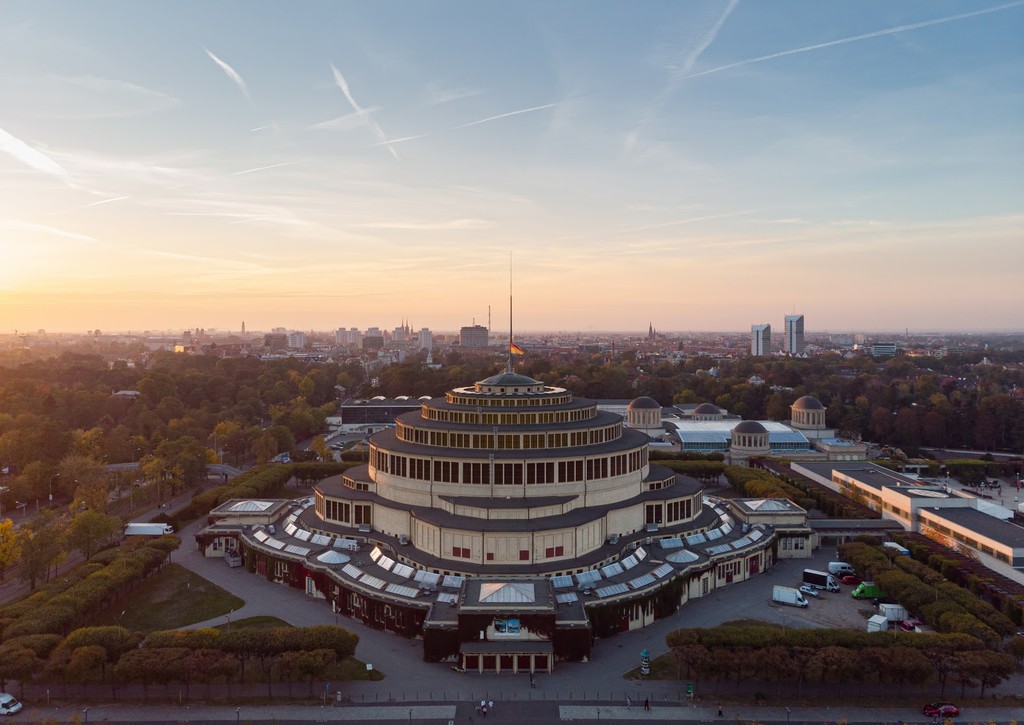
Centennial Hall (Hala Stulecia) (Source: Google Maps)
Centennial Hall, a UNESCO World Heritage Site, is an architectural marvel built in the early 20th century. Designed by architect Max Berg, it features a unique dome structure that was revolutionary for its time. The hall serves as a venue for various cultural events, exhibitions, and concerts, showcasing its versatility and significance in Wrocław's cultural life. Surrounded by the picturesque Szczytnicki Park, it offers a beautiful setting for relaxation and leisure. The hall's innovative design and historical importance make it a key landmark in Wrocław, symbolizing the city's rich architectural heritage.

Your travels, your rules.
Create your own Free Walking Tours.
Set your preferences, distances and anything you want to do or see.
Completely free, no payment required.